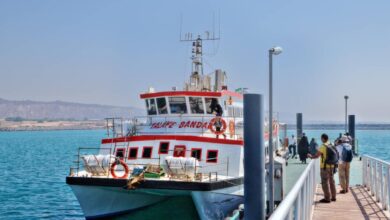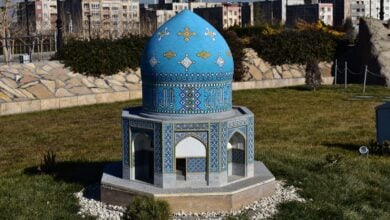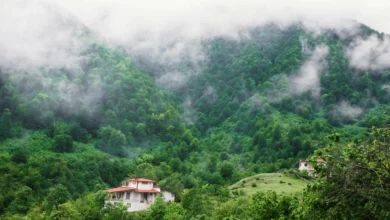Guide to Garmsar Salt Mine: History and Access
Garmsar Salt Mine: Tunnels and Wonders
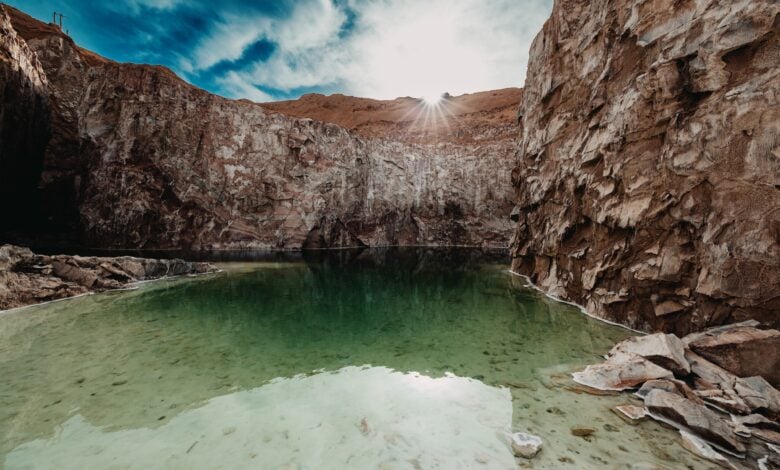
Nestled in the heart of Semnan Province, Garmsar Salt Mine—often called Kuhdasht Kohan or Garmsar Salt Cave—stands as the Middle East’s largest and one of the world’s most stunning salt mines. Located in the historic city of Garmsar, a crossroads of ancient trade routes once known as “Khoaran” under the Parthians, this mine dazzles with 40 intricate salt tunnels, vibrant stalactites, and therapeutic allure.
Beyond its geological marvels, Garmsar’s desert landscapes, framed by Mount Damavand, draw stargazers and adventurers alike. This guide uncovers the mine’s history, key features, and access routes, ensuring a seamless visit. Book your journey with OrientTrips to explore this gem near Tehran.

Contents
Why Visit Garmsar Salt Mine?
The Garmsar Salt Mine isn’t just a mine—it’s a natural masterpiece. Its 1.5-km labyrinth of tunnels, adorned with 98% pure salt crystals, glows in hues from gray to dazzling white, rivaling Qeshm’s caves for splendor. Unlike urban attractions like Palladium Mall, it offers raw beauty and healing vibes, easing respiratory and mental stress, as noted since ancient Greek times.
With 27 mines in the area, Garmsar supplies much of Iran’s salt, yet this site’s 12-meter salt pillars and colorful strata make it a tourist magnet. Just 90 km from Tehran, it’s perfect for a day trip, blending adventure with serenity.
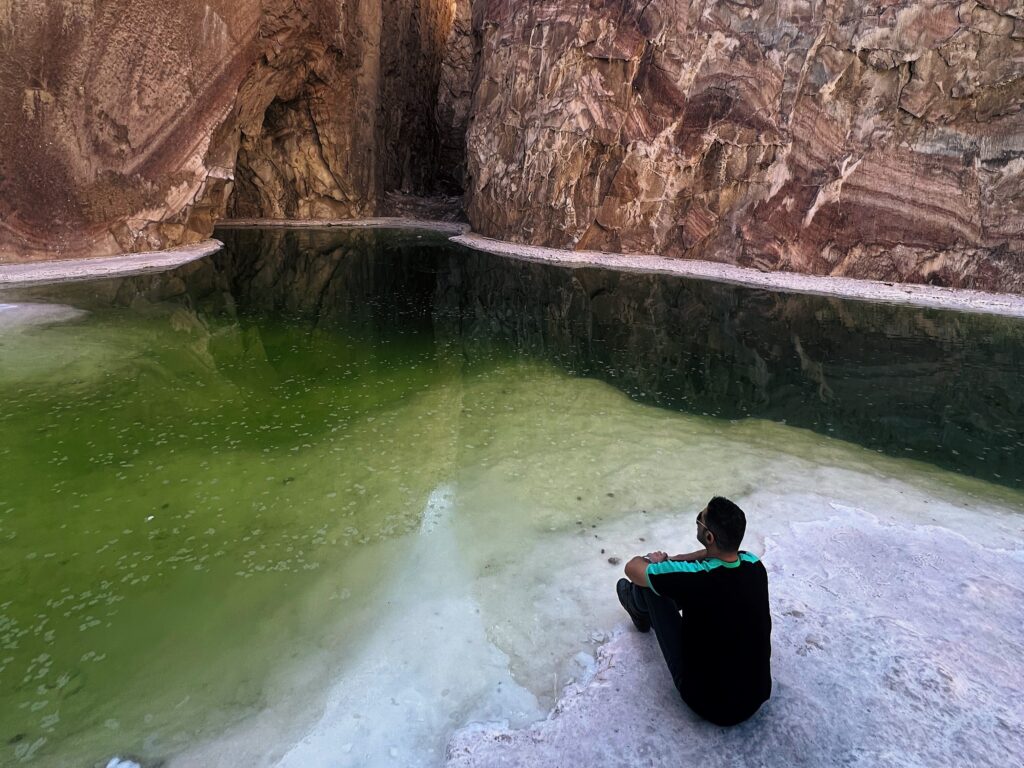
History of Garmsar Salt Mine
Garmsar’s salt legacy stretches back over 2,000 years, with extraction noted since the Achaemenid era (550-330 BCE). The Kuhdasht Kohan Mine, part of 27 local mines, has been active for over a decade, supplying edible and industrial salt (85% for consumption). Its tunnels, carved since the early 2000s, transformed a mountain into a cavernous wonder, with hand-hewn passages preserving its grandeur.
Known historically as “Khoar” (meaning “sun” in Avestan, reflecting the region’s radiant deserts), Garmsar thrived on the Silk Road, linking Mashhad and Tehran. The mine’s modern tourism boom, fueled by nature tours since the 2010s, highlights its role as a geological and cultural treasure, akin to Semnan’s historic sites.

Layout and Key Sections
The Garmsar Salt Mine, particularly Kuhdasht Kohan, spans a 1.5-km network of 40 hand-crafted tunnels, designed to prevent collapse while showcasing nature’s art. Here’s what to explore:
- Main Tunnel Entrance: A rectangular gateway with grayish walls, darkening as you enter, framed by rugged salt formations.
- Inner Tunnels: Winding paths reveal 12-meter salt pillars, supporting the cave like natural columns. Walls shift from taupe to translucent white, signaling fresher salt deposits.
- Stalactites and Stalagmites: Needle-like salt crystals, some multi-colored, dangle from ceilings or rise from floors, glowing under torchlight.
- Colorful Strata: Red, purple, gold, and white layers, formed by mineral impurities, create a kaleidoscope effect, unique to this mine.
- Green Pond: A rain-fed emerald pool near the core, adding surreal beauty (bathing prohibited due to high salinity).
- Airflow System: Industrial fans keep the air cool and breathable, enhancing comfort and therapeutic benefits for respiratory health.
Nearby Features:
- Salt Waterfall: In the nearby Kavir National Park, mineral-rich cascades form a vibrant “waterfall” of salt, protected for conservation. Permits are required for upper sections.
- Baneh Kuh: A northern salt dome near Hableh Rud River, hosting birds and fish, with historic military significance.
Note: No formal facilities like cafés exist; bring water and snacks. The mine’s raw state amplifies its allure, but slippery floors demand caution.
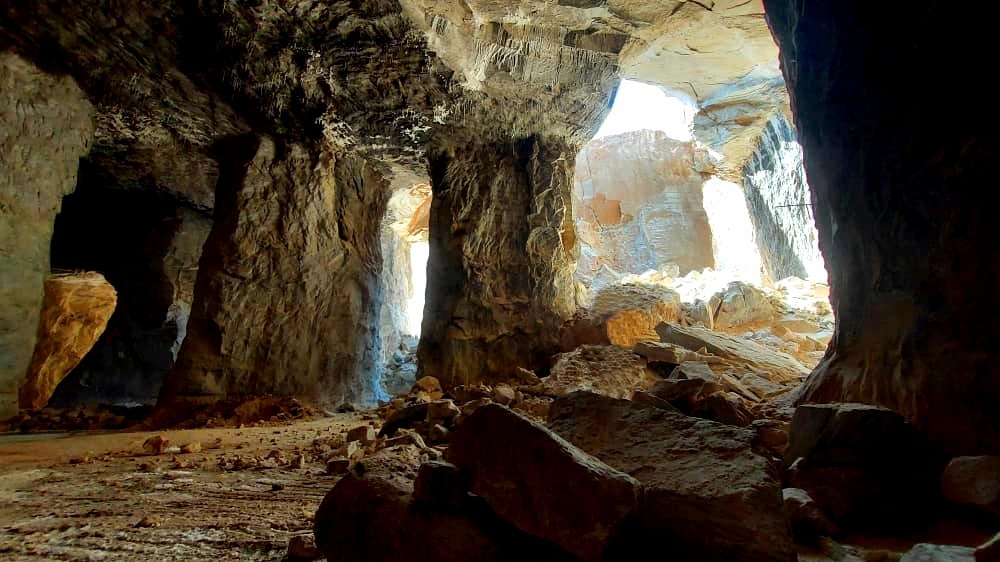
Visiting Conditions
- Hours: Daily, 8:00 AM to 4:00 PM, weather permitting. Tours often align with sunrise or sunset for cooler visits.
- Entry: Free, but vehicle access requires a ~20,000 IRR fee. Guided tours (~100,000 IRR/person) recommended for safety.
- Rules:
- Permits: Coordinate with mine staff or police for entry, especially for groups or buses. Contact local guides via OrientTrips.
- Safety: Bring a flashlight (tunnels are dark), wear sturdy shoes (floors slippery), and stick to side paths to avoid falls.
- Restrictions: No bathing in ponds (high salt causes skin irritation), no climbing stalactites, and no unguided ventures into side tunnels.
- Crowds: Quiet weekdays; weekends draw 50-100 visitors. Winter and spring are busiest—book tours early.
- Equipment: Carry water, hats, and sunscreen; no toilets or shops onsite.
Best Time: November to March for mild 10-20°C weather. Summer hits 40°C outside, though tunnels stay cool (~15°C). Avoid rainy days to prevent muddy access roads.

Access to Garmsar Salt Mine
Address: Padeh Village, Aradan District, Garmsar County, Semnan Province, 3 km west of Garmsar’s overhead bridge, off Semnan-Garmsar Rd., near Qom-Garmsar junction.
From Tehran
- Distance: ~90 km, 1-1.5 hours.
- Car:
- Take Tehran-Qom Hwy (Freeway 7) toward Ivanki.
- At 75 km, pass Ivanki; continue 15 km to a salt mine sign (right turn, ~500m before Qom-Garmsar exit).
- Skip the first dirt road; take the second (unsigned) after ~200m, which turns to asphalt after 500m.
- Drive 2 minutes to Kuhdasht Kohan’s workshop gate. Parking free but limited.
- Taxi: ~200,000 IRR round-trip via OrientTrips’ taxi service or Snapp. Confirm mine drop-off.
- Bus: From Tehran’s South Terminal (Terminal-e Jonub), take Garmsar-bound buses (~30,000 IRR, 1.5 hours) to Garmsar Bus Terminal. Taxi to mine (~50,000 IRR, 10 minutes).
- Train: Tehran-Garmsar route (OrientTrips’ trains, ~50,000 IRR, 1 hour) to Garmsar Station, then taxi (~50,000 IRR).
From Mashhad
- Distance: ~800 km, 9-10 hours by road.
- Train: Mashhad-Tehran route (OrientTrips, ~200,000 IRR, 10 hours) to Garmsar Station, then taxi (~50,000 IRR, 10 minutes).
- Bus: Mashhad-Garmsar via South Terminal (~150,000 IRR, 12 hours), then taxi.
- Flight: Mashhad to Mehrabad (~1.5 hours, OrientTrips’ flights), then car/taxi from Tehran (~90 km).
- Car: Take Asian Hwy (Route 44) to Garmsar, exit at Qom-Garmsar junction, follow mine signs.
From Semnan
- Distance: ~132 km, 1.5-2 hours.
- Car: Semnan-Garmsar Rd. to Qom-Garmsar junction, turn right at second dirt road post-Ivanki (~500m before exit).
- Bus: Semnan Terminal to Garmsar (~40,000 IRR, 2 hours), then taxi (~50,000 IRR).
- Taxi: ~300,000 IRR via OrientTrips.
Accessibility: No ramps; uneven terrain challenges wheelchairs. Guided tours aid navigation. Contact mine office (+98-23-3422-1234) for group permits.
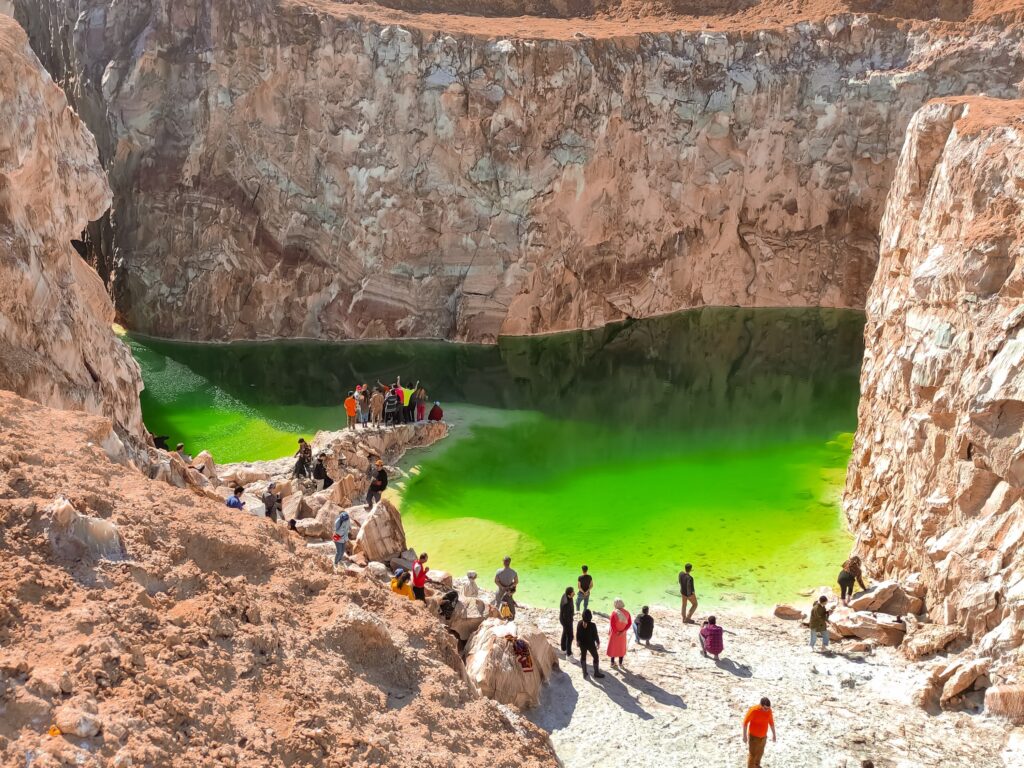
Why Garmsar Salt Mine Stands Out
The Garmsar Salt Mine rivals Qeshm’s Namakdan Cave for geological awe, with 40 tunnels trumping smaller mines like Hormoz’s. Its 98% pure salt, a Middle East record, fuels industry and healing, unlike Mashhad’s urban parks.
The kaleidoscopic strata and stalactites outshine Tehran’s museums, while its desert setting—near Kavir National Park—draws astronomers, unlike Shiraz’s gardens. Just 15 km from Garmsar’s historic Stonavand Castle, it blends nature and heritage, offering a raw escape from Palladium’s polish.
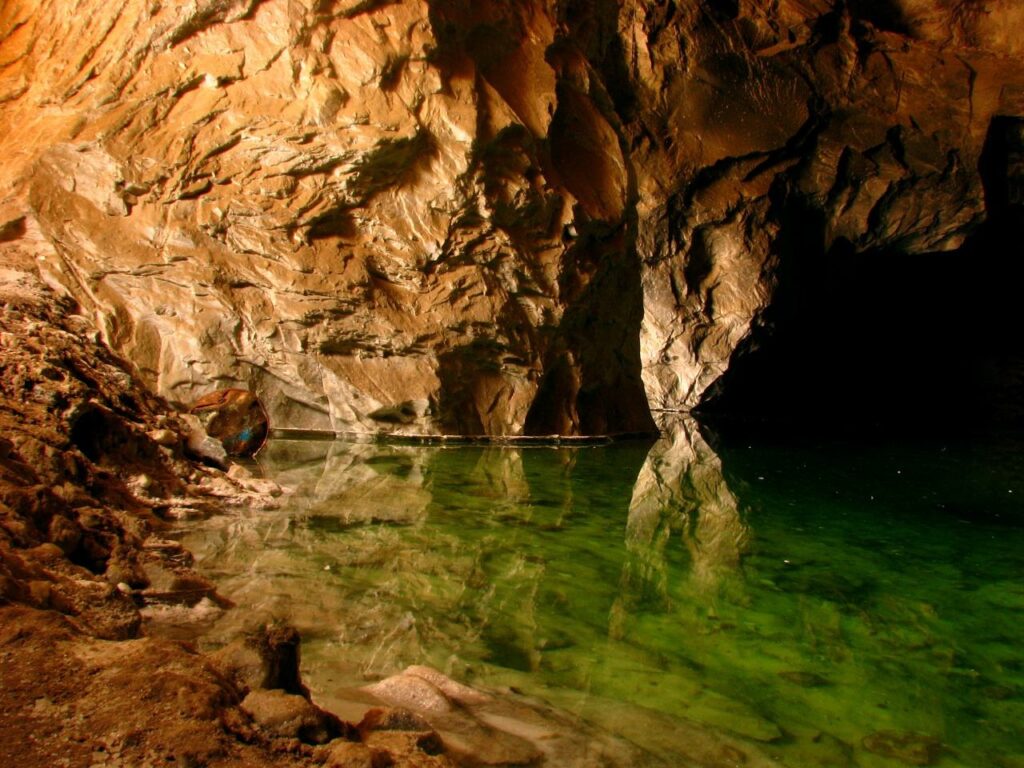
Tips for Visitors
- Book Travel: Fly to Tehran or take a train to Garmsar (OrientTrips); winter for cool tours, spring for desert blooms.
- Timing: Start at 8 AM to avoid heat; 2-3 hours needed. Weekdays quieter than weekends.
- Pack: Flashlight, water, snacks, sturdy shoes, hat, sunscreen. No onsite shops. Avoid loose clothing near sharp stalactites.
- Explore Nearby: Visit Padeh Village (~5 km) for local crafts, Stonavand Castle (~10 km), or Rig-e Jenn Desert (~50 km) for dunes.
- Dine Smart: No mine eateries; pack lunch or dine in Garmsar at Khaneh Bagheri (~15 km, ~100,000 IRR/meal).
- Stay Close: Hotels like Shahr Aftab in Garmsar (~15 km) suit—book via OrientTrips for discounts.
- Capture It: Snap stalactites or the green pond; share on Instagram. No drones without permits.

Final Thoughts
Garmsar Salt Mine, a Middle Eastern marvel, weaves history, geology, and adventure into a single trip. Its 40 tunnels, radiant with salt crystals, echo Garmsar’s ancient “Khoar” legacy, supplying Iran’s tables while healing minds.
Just 90 km from Tehran, it’s an easy escape, reachable by car, train, or bus from Mashhad. Plan with OrientTrips for tickets or hotels like Semnan’s Star Inn, and marvel at this desert jewel—share your tunnel tale below for a salty Tehran adventure
